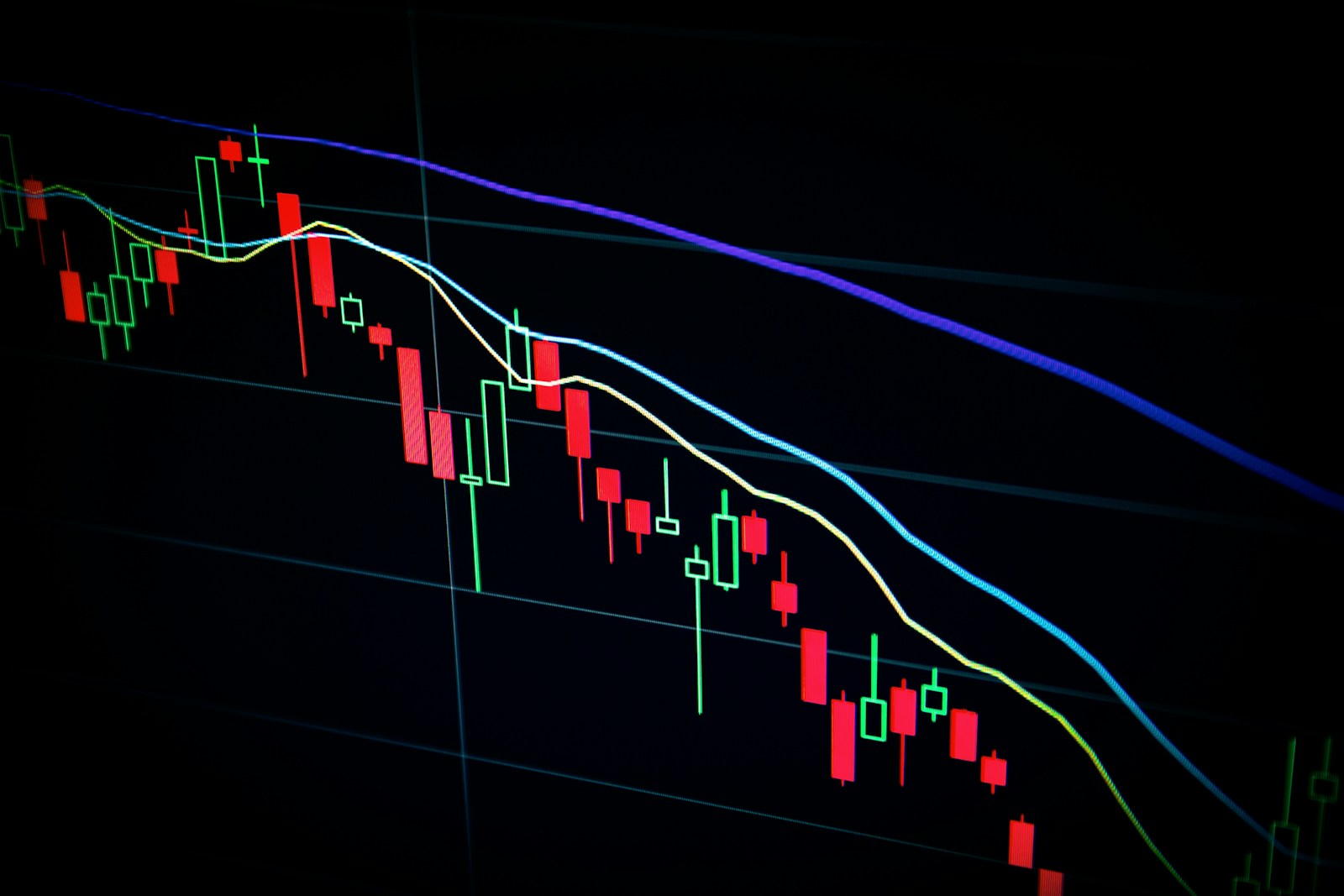Short selling is a technique that traders employ to earn profits when the market is declining. Instead of buying low and selling high, short sellers borrow shares and sell them, hoping to buy them back at a lower price to pocket the difference. However, this approach can result in significant gains as it also carries high risks.
This article looks into what short selling is as well as its major risks and benefits.
What is Short Selling?
Short selling is a trading strategy where the trader borrows shares from a broker and sells them in the open market with the expectation that their prices will drop.
The aim is to buy back the shares at a lower price and return them to the broker while keeping the difference as a profit.
Unlike traditional trading in which traders seek to gain when prices go up, short selling tries to make money out of falling stock prices.
However, if the stock price rises instead of falls, the trader can face unlimited losses, making it a high-risk approach.
Traders learn short selling through online stock market courses Upsurge.club, which help them understand how to make the most of this trading strategy.
Advantages of Short Selling
Short selling offers several advantages to traders:
- Making Profit from Decreasing Markets: When a stock or any other asset price falls, short selling enables traders to make a profit. This activity works well in bearish markets.
- Hedges Against Risks: Traders can use short selling as a hedge against potential losses in their long positions. They offset some of the risks in their portfolio by going short on a related index or stock.
- Leveraged Returns: Short selling offers leveraged returns where even a small fall in the price of a stock may lead to significant profits for the short seller.
The Risks of Short Selling
Short selling comes with several risks that traders need to consider:
- Unlimited Loss Potential: Unlimited Loss Potential is one risk that comes with short-selling shares. In short sales, you are speculating on a stock’s price decline. However, in case the prices rise, they can go indefinitely high resulting in unlimited losses.
- Margin Calls: Short selling often requires the use of margin, meaning you borrow funds to trade. If the trade goes against you, your broker may issue a margin call, requiring you to deposit additional funds or close your position at a loss.
- Borrowing Costs: To short a stock, you need to borrow it from another trader, which can involve fees or interest costs. If the stock is hard to borrow, these costs can be significant.
- Short Squeezes: If many traders are shorting a stock and its price begins to rise, a short squeeze can occur. Short sellers may rush to buy back shares to cover their positions, driving the stock price even higher and amplifying losses.
- Market Timing Risk: Successfully timing the market is challenging. Even if a stock is overvalued, it can continue to rise in price before eventually falling, leading to potential losses for short sellers who enter too early.
Conclusion
Short selling offers the chance for high profits when the market is declining, but it also carries significant risks, including the potential for unlimited losses. It’s crucial to carefully manage these risks and understand market dynamics before diving in.
For a deeper understanding and to enhance your trading skills, opt for various courses such as option trading courses or technical analysis courses on Upsurge.club.

